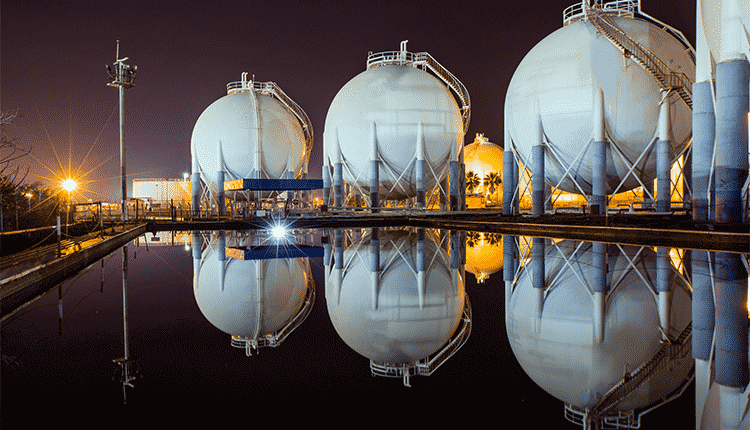
U.S. natural gas prices are surging
Natural gas prices in the United States are increasing, with the benchmark futures contract reaching a 13-year high of $8.74 per million British thermal units when the fuel’s price typically falls owing to a lack of demand in the spring.
However, researchers say several factors have conspired to drive up the price of gasoline, which has jumped by roughly 90% since the beginning of March.
Cooling demand surged earlier this week in Northern California, and consumers responded by turning on air conditioners. Spot prices – the cost of buying gas in specific regions – increased in several places, including the Henry Hub benchmark in Louisiana and California, Pennsylvania, and Chicago.
The gas market is joining the frenzy that has gripped the oil, fuel, and coal markets as countries seek to ensure they have enough reliable energy after Russia invades Ukraine. Russia is the world’s largest petroleum and gasoline exporter and the world’s largest natural gas exporter. With reduced Russian energy exports, countries in Europe and others are attempting to ensure supply. That factor has pushed European benchmarks to multiples of U.S. prices, with gas futures at the Dutch Title Transfer Facility (TTF) hitting $33 on Thursday.
The United States has aided by redirecting liquefied natural gas (LNG) cargo to Europe, and many expect LNG demand to rise in the coming years as European nations avoid Russia. However, export demand is increasing, and while the United States cannot increase capacity at the drop of a hat, predictions of ongoing demand are driving up natural gas prices.
The spring is ideal for natural gas utilities to stockpile gas in preparation for the cold months that are still two seasons away. However, this has not occurred, partly due to increased international demand and concerns about further constriction of the global energy supply.
As a result, there is less gas in storage than usual, with current storage at 1.567 trillion cubic feet, or roughly 16% less than the five-year supply average.


